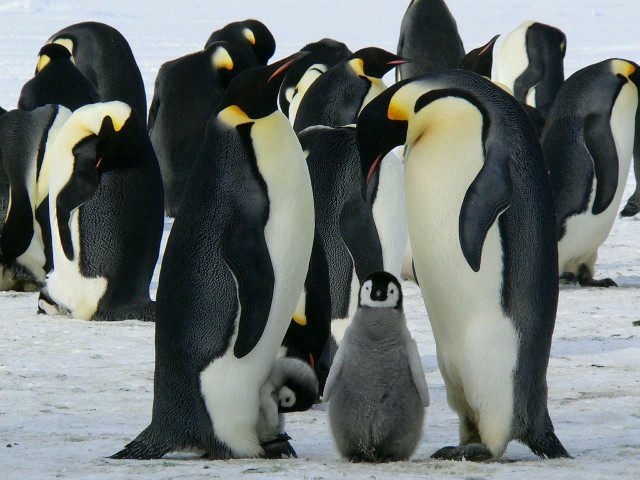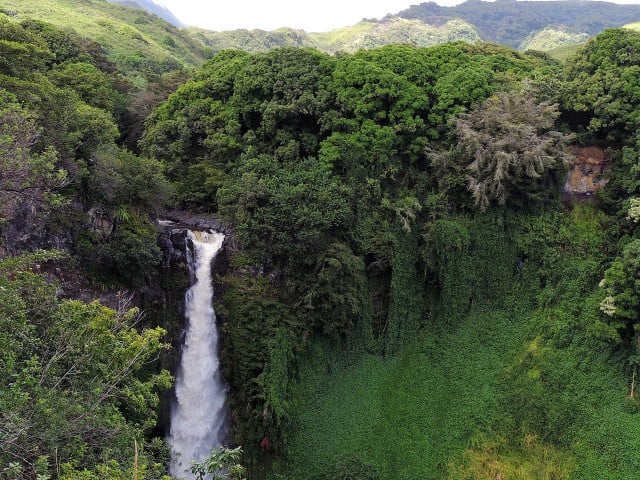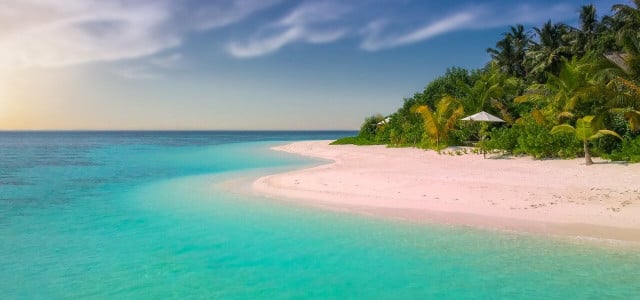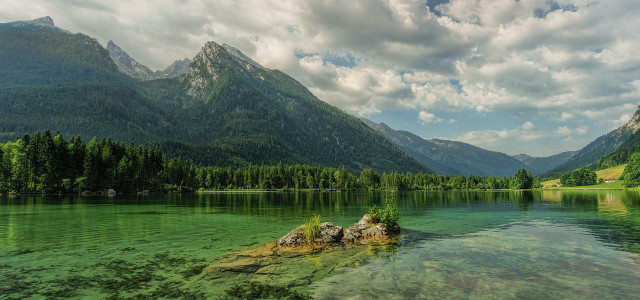Eco-tourism focuses on ecologically sustainable travel in order to conserve the natural environment. We'll look at popular eco-tourism destinations, and how they are impacted.
According to The International Ecotourism Society (TIES), eco-tourism can be defined as “responsible travel to natural areas that conserve the environment, sustains the well-being of the local people, and involves interpretation and education”. The principles behind eco-tourism focus on sustainable travel that minimizes physical, social, behavioural, and psychological impacts to the travel destination, as well as creating a respectful environment that protects local communities in order to provide positive experiences to visitors and hosts.
Eco-tourism is growing because many people do not feel fulfilled with traditional holiday destinations, meaning they want to travel somewhere more remote and undiscovered in order to get a unique experience. Due to increased availability of flights, and improved infrastructure, it’s becoming easier to access remote locations – which also explains the influx of eco-tourism in recent years.
The concept behind eco-tourism does have some benefits, including the fact that it provides an income to local people, provides awareness for local environmental and social issues, and protects sensitive environments through positive tourist contributions. However, there is a growing concern for eco-tourism, particularly due to its growth.
You may also enjoy: the 8 Worst Places to Visit if You Want to Combat Overtourism.
Popular Destinations For Eco-Tourism

(Foto: CC0 / Pixabay / MemoryCatcher)
There are many beautiful destinations around the world that are being destroyed due to eco-tourism. Some of these destinations include:
Antarctica
Tourists only began visiting Antartica in the 1950s. Since then, tourism to the area has increased. Eco-tourists go to Antartica from November-March to see penguins, whales, and seals, or to go hiking. The land is untouched and different from what we’re able to see elsewhere in the world. However, the environment is being greatly harmed due to the amount of tourists flocking to Antartica each year. In particular, cruise ships are a main cause of water pollution due to the hundreds of thousands of litres of wastewater per day. In addition, eco-tourists may unintentionally bring invasive species with them, which is damaging to ecosystems. Penguins have been getting infectious diseases and dying in mass numbers due to this.
The Antarctic Treaty nations have put some measures in place to regulate tourism in the area, including Visitor Site Guidelines in order to manage tourism in a responsible and sustainable way. These guidelines include planning and assessing activities based on the potential environmental effects that they may have. Passenger vessels are also being regulated, and at the Antarctic Treaty Consultative Meeting in April 2009, a measure was passed banning ships carrying more than 500 passengers from landing in Antarctica, and allowing a maximum of 100 passengers ashore at any one time.
Galápagos Islands
Until recent years, the Galápagos Islands were virtually untouched by humans and home to some of the most rare species on earth. The increase in recent years of eco-tourism to the islands has damaged the environment and local ecosystems. In particular, boats and vehicles carrying tourists damages and erodes the land and water on/in which these rare species of animal live. Much like Antartica, invasive species are being introduced through tourists’ bags and boots and on boats, which threatens the fragile ecosystem.
Measures that have been taking on the Galápagos Islands to manage tourism include setting carrying capacity limits for different protected sites, creating a rule that no tourist is allowed to explore the island independently, and introducing entrance fees for visitors at national parks which then funds conservation projects within the park.
Tanzania
Tanzania has attracted many eco-tourists due to the wildlife and adventure activities on offer. Organizations offer scuba diving, snorkeling, and safaris, which provides income opportunities to locals and supports the local economy. However, eco-tourism to Tanzania has many implications for its environment and wildlife, as well as local people. Tour jeeps going across the savannah scare off lions’ prey, which disrupts the lions hunting patterns. The Masaai, who have inhabited lands in sub-Saharan Africa for centuries, have struggles over land rights, which are rooted in the growth of Tanzania’s tourism industry.
The United States Agency for International Development (USAID) has supported Tanzania’s Environment, Conservation, and Tourism project for five years. The $19.1 million project has worked to reduce wildlife trafficking and try wildlife crimes, as well as creating policies such as the Environmental Management Act, Wildlife Conservation Act that help to conserve the environment.
The Disadvantages of Eco-Tourism



(Foto: CC0 / Pixabay / kuszapro)
Although the aim of eco-tourism is to promote sustainable travel that conserves the environment, sustains the wellbeing of local people, and focuses on educating eco-tourists on local issues, eco-tourism can often be harmful to the environment and cause more harm than good. Some of the disadvantages to eco-tourism include:
- Environmental Damage: Destinations for eco-tourism are often environmentally fragile areas that risk collapse. By allowing tourists to enter, the risk of environmental damage increases significantly.
- Disturbance of Wildlife: between an increase in foot traffic, and introduction of noises, smells, and foods that aren’t indigenous to the area, eco-tourists can end up disturbing the wildlife.
- Pollution: The burning of fossil fuels for air travel and cars pollutes sensitive environmental areas, as well as damaging the land.
- Land Clearing: Ecosystems are often destroyed as land is cleared to provide accommodation for eco-tourists.
- Mass-Tourism: There is a risk that eco-tourism will turn into mass-tourism. As remote vacation destinations become more accessible and popular, the amount of environmental damage will increase massively due to higher number of visitors per year.
Alternatives to Eco-Tourism



(Foto: CC0 / Pixabay / Life-Of-Pix)
Staycations are a great alternative to eco-tourism – it involves going on a vacation very close to where you live. Most importantly, this reduces your carbon footprint by skipping CO2 intensive transportation routs, limits the risk of environmental damage to sensitive ecosystems, and strengthens your local economy by choosing to vacation close to home.
If you do still wish to go away on a foreign holiday, be very intentional with your choices. Embrace the “slow travel” concept and stick to trains instead of renting a car, figure out ways to give back to the local community, or go on a voluntourism holiday through organizations like WOOF.
Read on:
- Human-Environment Interaction: Definition & Examples
- 5 Animal Attractions You Should Skip This Vacation
- Los Angeles Bucket List: 10 Eco-Friendly Things to Do
Do you like this post?









